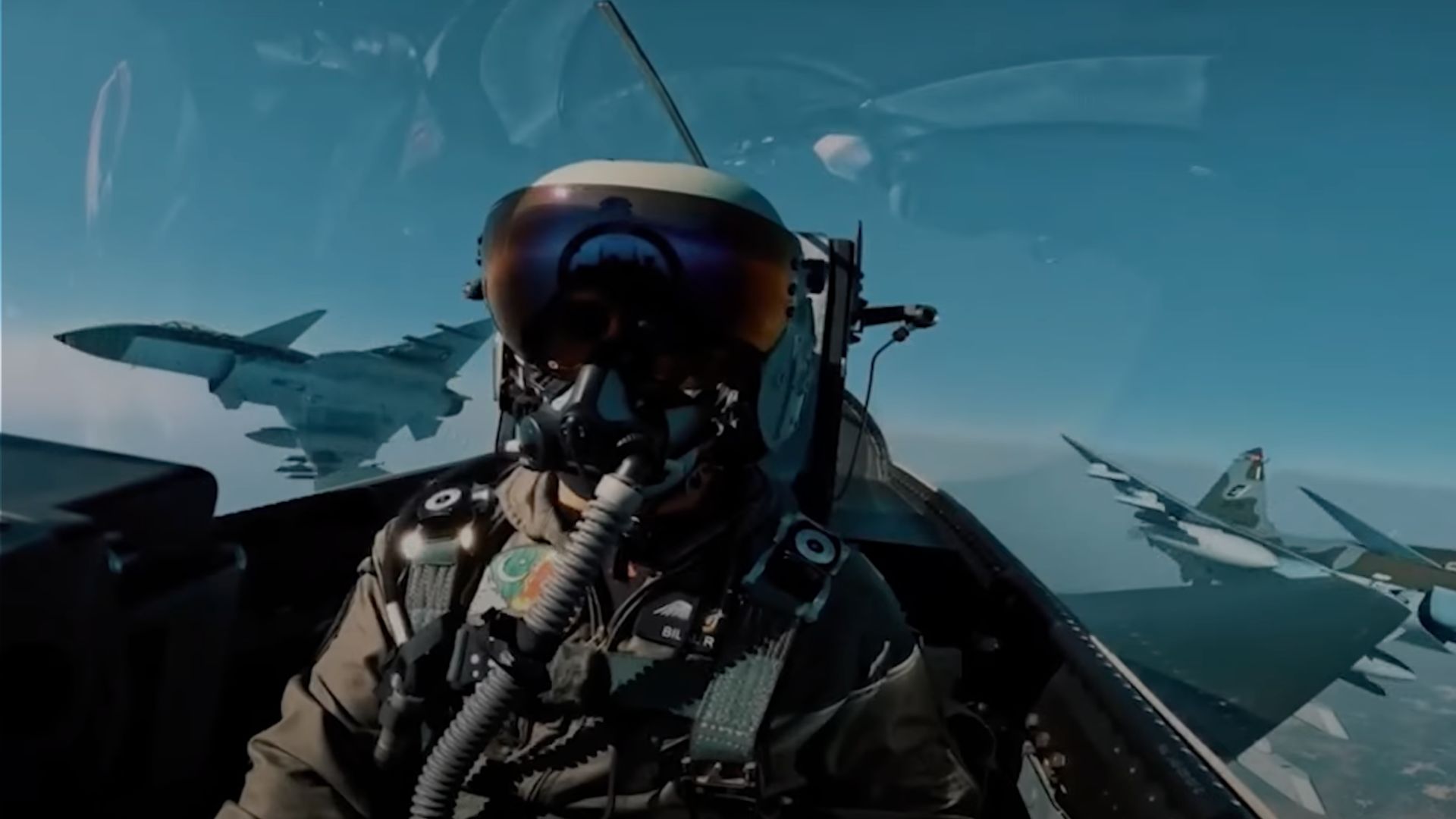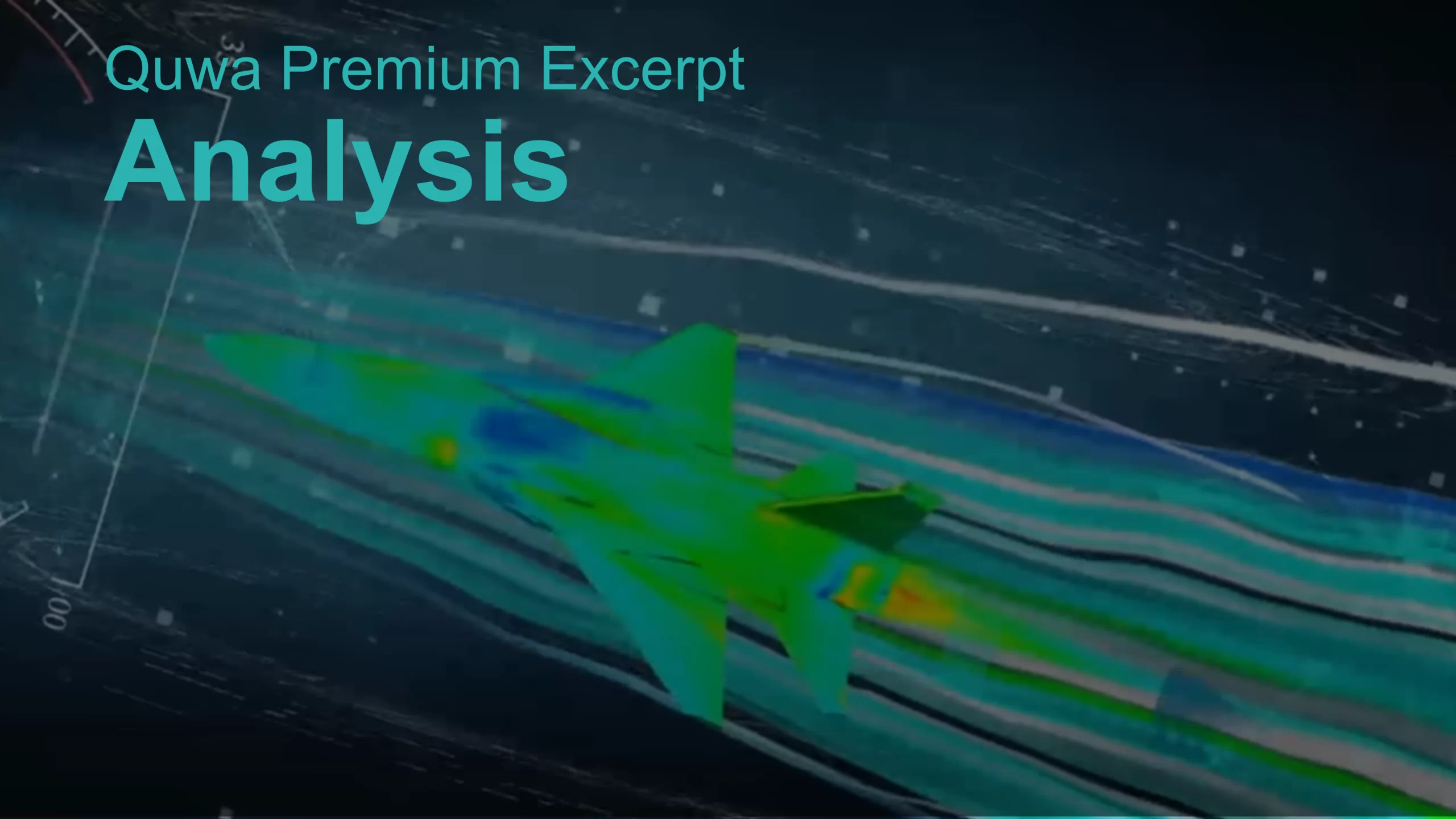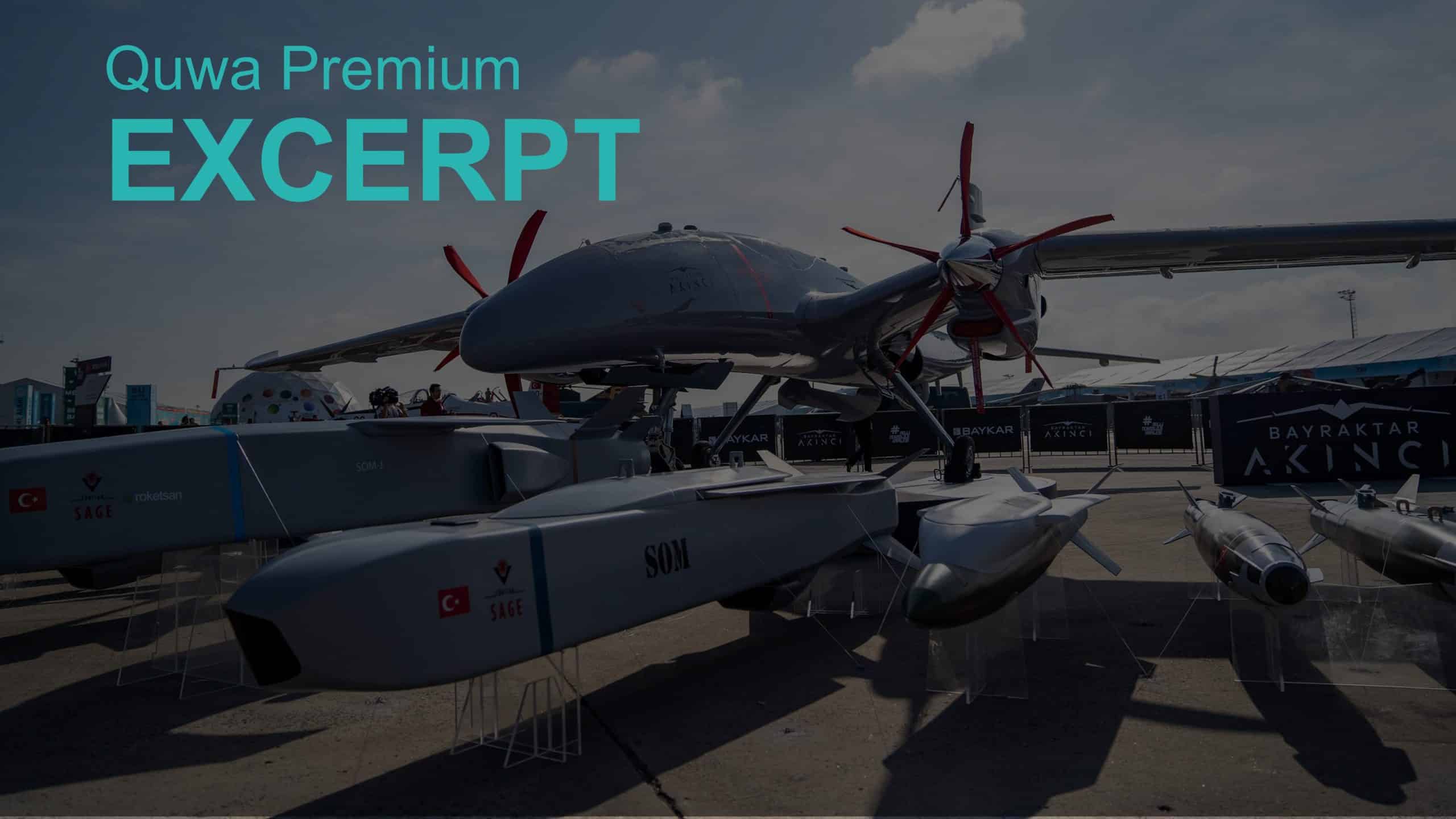6257Views

Can Indus Shield Raise Pakistan’s Airpower Training Stature? Quwa Premium
Last week, the Pakistan Air Force (PAF) kicked off Indus Shield 2024, a large-scale multinational air exercise involving as many as 24 other countries, including key partners like China and Turkiye as well as a growing roster of states from the Middle East, Africa, and Europe.
This is the second iteration of Indus Shield, which the PAF launched in 2023. Compared to Indus Shield 2023, this year’s exercise has drawn the participation of 10 additional countries.
According to a PAF press release, Indus Shield 2024 is taking place across two locations at the same time. The PAF also highlighted the overarching goals of the exercise, such as enhancing interoperability between the participants, strengthening partnerships, and employing air-to-air and air-to-surface tactics.
However, looking at Indus Shield as only a large-scale drill undercuts many of the incentives the PAF has in running such programs. In fact, for the PAF, the main objective of Indus Shield may be strategic.
Why Air Exercises Matter
Exercises like Indus Shield, Anatolian Eagle, High Mark, and others are broadly modelled after Red Flag, which the U.S. Air Force (USAF) initiated in 1975 to build on its experience in the Vietnam War.
One of the goals of Red Flag is to provide participating air arms with an environment where they can operate as they would in a real-world operation. They get the opportunity to stress-test their systems, tactics, and operational as well as maintenance procedures. In addition, these air arms also get to benchmark their processes against others as well as gain experience in conflict-like conditions.
Short of a real conflict, a large-scale exercise can be the most realistic environment for building operational experience. This experience could help air forces to increase their success and survivability when they do engage in a real-world conflict. The PAF, for example, credits part of its success in Swift Retort (its response to the Indian Air Force’s airstrikes in Balakot in 2019) to its training, which involves exercises.
Not every country can make it to Red Flag, so the PAF is now working to position Indus Shield as an alternative to those air forces, or at least a complement for countries that do attend other exercises.
That said, one should not discount the potential value of Indus Shield, be it for the PAF or its partners.
Exposure to Diverse Platforms and Doctrines
One of the unique aspects of Pakistan’s air exercises is that it brings platforms together from both the East and the West. Indus Shield, for example, involves Chinese-origin J-10CEs, the Sino-Pak JF-17, U.S. F-16s and F-15s, Russian platforms like the Flanker, and a number of European aircraft like the Tornado.
End of excerpt. Log in or subscribe to access the full article.
Refinement in Training and Processes
The PAF is a large and well-equipped air force in its own right. From fielding modern fighter aircraft with contemporary technologies – such as active electronically scanned array (AESA) radars – support assets like airborne early warning and control (AEW&C) aircraft, drones, and systems like tactical data-links (TDL), the PAF offers a wealth of both expertise and support in many key air warfare technologies.
End of excerpt. Log in or subscribe to access the full article.
Industry Marketability
Finally, the Pakistani defence industry benefits from Indus Shield as it gains an environment to practically showcase its solutions to potential customers, especially target buyers in the Middle East and Africa. The Pakistani industry has the potential to carve lucrative niches, namely in drones, guided stand-off range munitions like cruise missiles and glide bombs, and custom integration services.
End of excerpt. Log in or subscribe to access the full article.
A Prestige-Building Project
Ultimately, there is little doubt that raising its own prestige is one of the PAF’s goals with Indus Shield. Currently, it seems that the PAF wishes to run Indus Shield on an annual basis, which is a sizable investment, especially if it invites additional countries to participate or observe.
End of excerpt. Log in or subscribe to access the full article.
Log in or subscribe to read the rest of the article
Note: Logged in members may need to refresh the article page to see the article.


